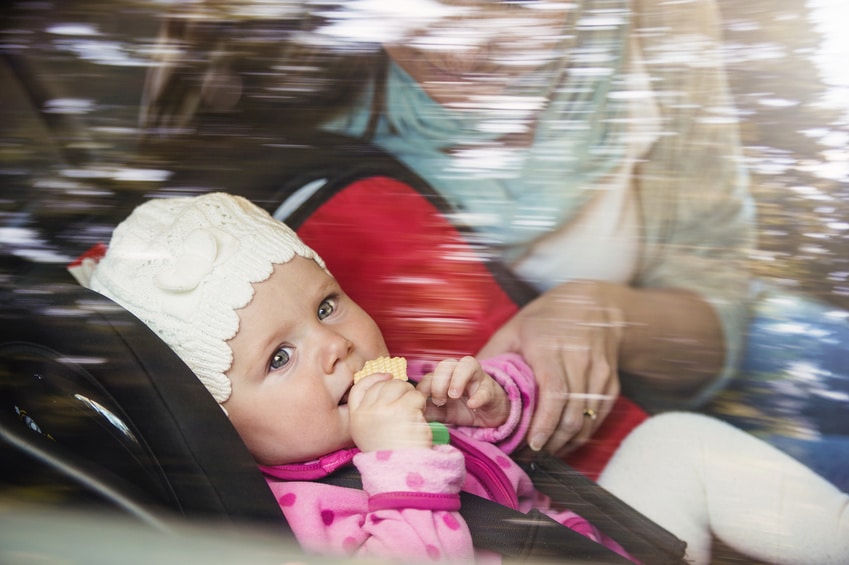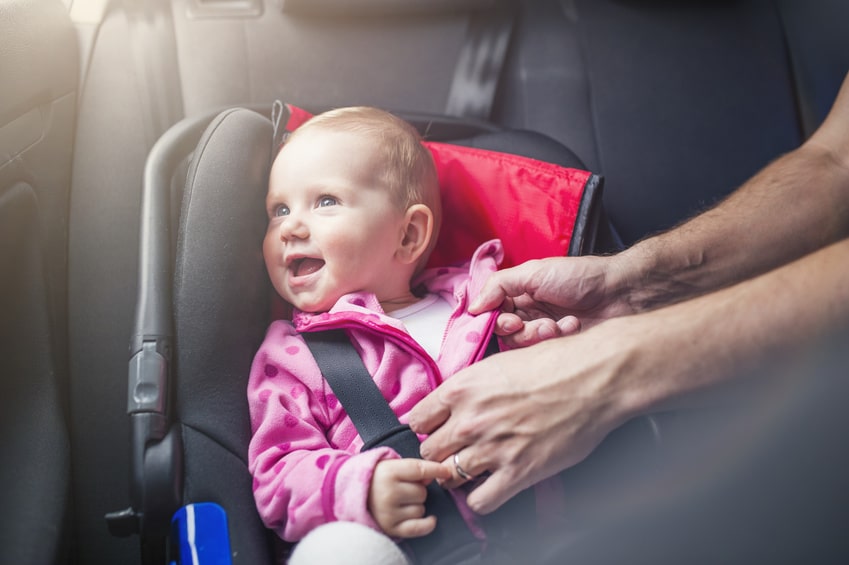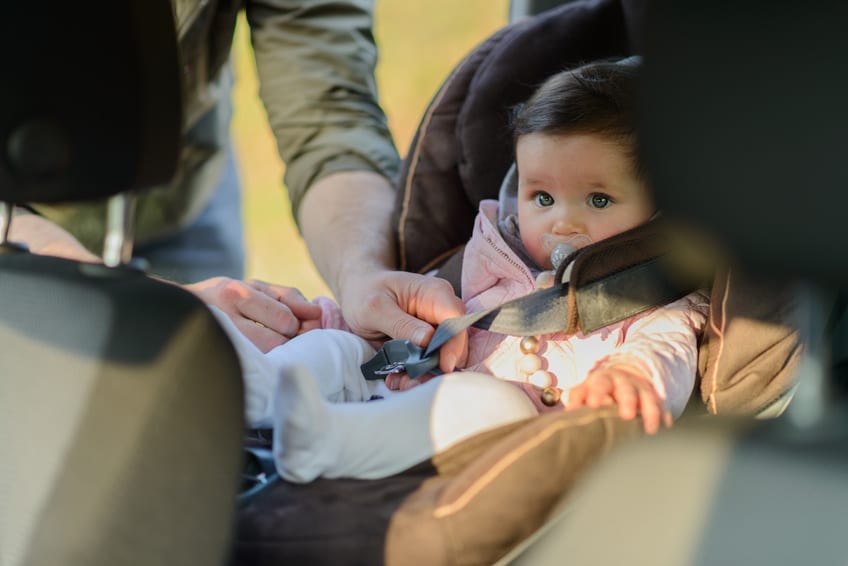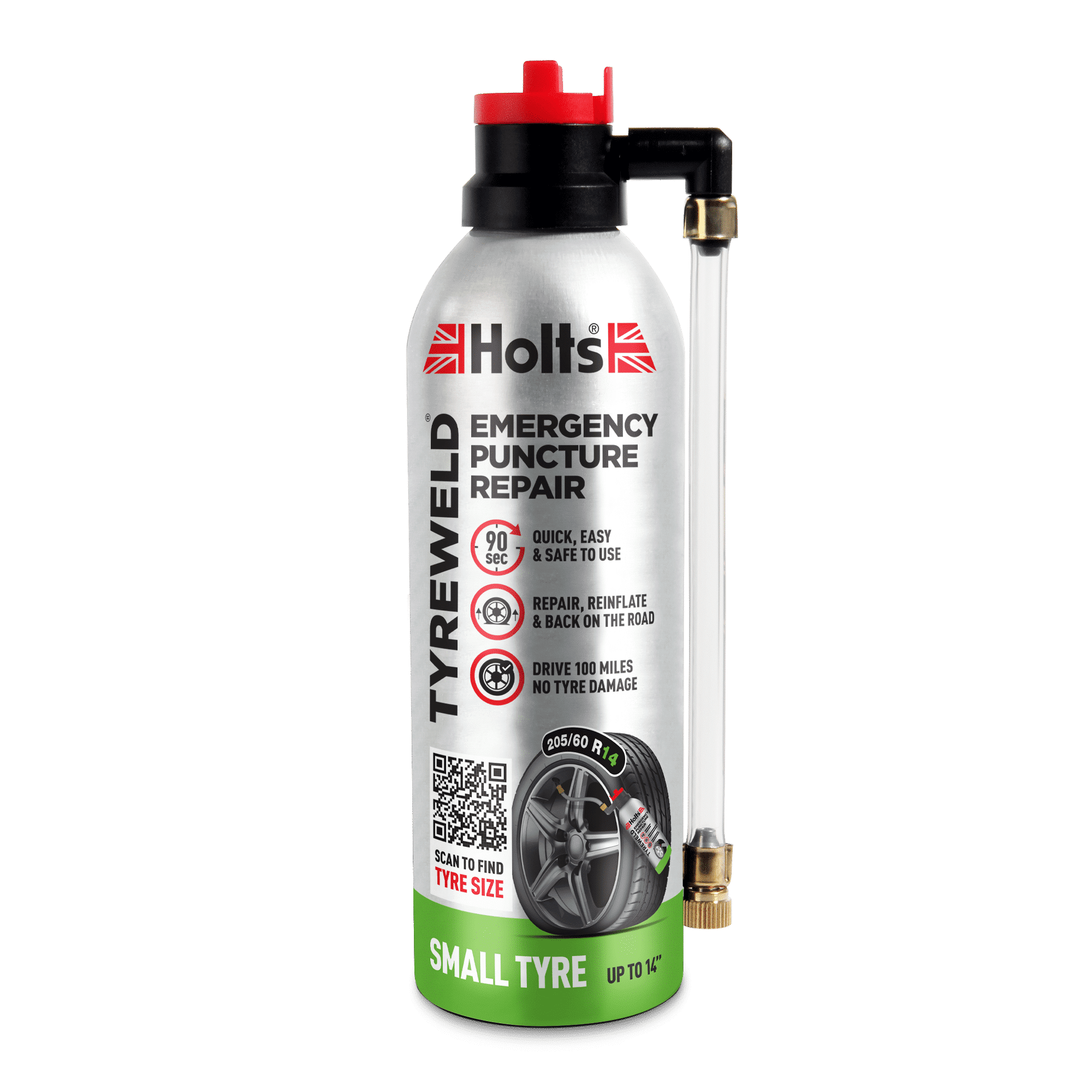Travelling with babies and young children in the car can be a stressful experience, particularly for new parents. But by taking the right precautions and using the correct equipment, you can transport yourself and baby from A to B in comfort and safety.
Whether taking your new-born on their first family road trip or looking for new ways to distract your toddler on long journeys, our guide to driving with babies and young children can help you ferry the family about with none of the hassle.
Safety Advice for Driving with Babies and Young Children
Safety must come first when carrying babies and toddlers in the car. Here are some essential tips that will help you travel safely with youngsters in tow.
Invest in a suitable baby or child seat
Baby and child seats are a legal requirement in the UK, and children are expected to travel in a child seat until they reach 135cm in height. The seat should also be suitable for their weight, and must have an ‘E’ label showing it has been approved by the EU.
The type of child seat you’ll need for your baby or toddler will change as they reach certain weights. We’ve listed these below to help you find the right type of seat:
- 0kg to 9kg — Lie-flat or lateral baby carrier, rear-facing baby seat using a harness, or rear-facing baby carrier.
- 9kg to 18kg — Rear or forward-facing baby carrier, incorporating a harness or safety shield.
- 15kg to 36kg — High-backed booster seat or cushion using a seat belt, harness or safety shield.

Fitting a child seat
Fitting a baby carrier or child seat into the front or back of your car so that it’s safe and secure can be a bit of a learning curve, with some systems being more complicated than others. While you should always follow the instructions in your car’s manual, and the instructions provided with the seat itself, here are some additional tips to help you master fitting a child seat.
Child seats fitted with the car’s seat belts:
- Make sure the diagonal seatbelt passes through the correct slots in the child seat. Most baby carriers and child seats are colour coded, showing you which slots the belt should go through depending on whether the seat is forward or rear facing.
- As you tighten the seat belt, push your weight down on it to make sure it’s firmly in place. There should be no slack at all in the belt once it’s fully tightened.
- Many child seats have a lock-off function, which stops the seat belt loosening once the seat is in place. Make sure you use this device if your seat has one.
- Once you’ve mounted the child seat in place, try to move it from side to side and back to front. The seat should remain firmly in place, with little room to move.
Child seats fitted with Isofix anchor points:
- Lots of modern cars have Isofix anchor points, which can be used to fit compatible child seats and baby carriers.
- To find out if your car has Isofix, check the manual or look for the anchor points in the rear seats. The anchor points are usually located between the joints in the back seat cushion, and are labelled ISOFIX.
- When using the Isofix anchor points, always follow the seat instructions carefully and remember to use a top tether fixing arm to prevent the seat from moving in the event of a crash (this is particularly important for baby carriers).
Tip: If you’re buying a car seat or baby carrier for the first time, double check that it’s compatible with your car and ask for a demonstration from the supplier. They should be able to show you how to correctly install the seat in your car, so you don’t just have to rely on instructions (which may be unclear). If you get the car seat home and don’t know how to install it after reading the manual, get in touch with the supplier and ask for help.
And remember, if you need to install a baby carrier in the front seat of your car, make sure you deactivate the front airbags.
Other Safety Considerations
You may find the following safety tips useful when driving with your baby or toddler:
- Drive safely — This may sound like a given, but driving safely isn’t just about preventing accidents; it ensures that your baby or toddler can travel as comfortably and happily as possible, so they don’t develop a fear of being in the car.
- Be careful when loading your child into their car seat — It’s easy to get distracted when fiddling with a car seat, and many parents feel the need to leave their child by the side of the car when reaching inside the cabin to make adjustments. Leaving a pram or baby carrier by the side of the car can be dangerous, particularly in busy car parks when other drivers might not be able to see your child.
- Install removable window shades — Protect your baby’s skin and eyes from the sun by installing window shades.
- Turn on child locks, turn off electric windows — Young children are ever curious, so the door handle and electric window switch are bound to attract their attention. Always make sure you turn on the child locks to avoid nasty surprises on the open road, and turn off rear electric windows to prevent fiddling. Your car’s manual should tell you how to disable individual switches, allowing you to control the windows only from the driver’s side panel.

What to pack and journey planning
Like anything stressful, with a little planning you can remove the hassle from travelling with your baby or toddler in tow. Knowing what to pack and taking time to plan your journey will make for a much calmer experience.
Planning your drive
No matter how long or short your journey, you need to think about the needs of your baby or toddler. Whereas adults are recommended to drive for no more than two hours at a time, you’ll need to stop more often when travelling with babies and young children.
Make sure the route you take has plenty of roadside stops for feeding and nappy changes, and let your child stretch their legs after being cooped up in the car seat. On long journeys, some parents actually prefer to travel at night so that they don’t disturb their baby’s sleep pattern, but this is up to you.
It’s also a good idea to travel with a sat nav, so that you can quickly plan an alternate route if you get stuck in traffic — because no one wants a four-hour wait with a screaming baby on board.
What to pack when driving with babies and toddlers
Even on the shortest of trips, there are certain things you’ll need to take when heading out in the car with your youngsters. Here’s a list of the recommended items you should carry on every journey with babies and toddlers:
- Nappies and nappy bag
- Baby wipes
- Nappy changing pads
- Blankets, for extra warmth in the car
- A couple of plastic bags, for rubbish
- Antibacterial hand gel
- Snacks, formula and drinks
- Sun cream
- Toys
It’s a good idea as well to plan for emergencies. A breakdown or a flat tyre could be stressful, but also dangerous. Trying to change a tyre at the side of a busy road with your family in the car can be a scary experience. Tyreweld reinflates your tyre in minutes while you stand safely away from traffic. It seals the tyre so you can drive home or to a garage to have the tyre permanently repaired.
Tip: Be careful not to overload your car, as this could compromise the safety and comfort of you and your baby.
Other tips for travelling with babies and young children
Whether you’re travelling with new-borns or toddlers, here are some more tips for safe, comfortable and enjoyable driving.

Provide musical distraction — Music is a great distractor when travelling with toddlers, so have a child-friendly Spotify playlist to hand. If you don’t have any baby beats on board, then get ready to sing.
Buy a large baby car mirror — When your baby is strapped into a rear-facing carrier, it’s nearly impossible to see them from the front seats. For your peace of mind, buy a baby mirror that attaches to the rear seat headrest, allowing you to keep an eye on your bundle of joy from the driving seat.
Dress your child in something breathable — It’s easy to make the mistake of dressing your baby in a thick snowsuit when driving, thinking that this will keep them warmer. But this will only make them more uncomfortable, and could hamper the safety of the car seat. Instead, it’s better to dress them in breathable clothing, and adjust the car’s temperature from the front.
Keep toys in the front — As we’re sure you’ve learned by now, babies and toddlers have short attention spans and will happily throw aside their favourite toy after minutes of play. As a driver you don’t want to be constantly reaching into the back to pick toys up off the floor, so it’s best to keep a stack of toys in the front to distract baby when they’ve had enough of one particular toy.
Invest in Holts DIY car care range — From punctures to starting problems, Holts DIY car care range is designed to solve your problems quickly, helping you to get back on the road safely. Perfect if you’re travelling with your baby or toddler.
For more information on our range of car care products, visit our product page.
Image credits: Fotolia and Wikimedia Creative CommonsTravelling with babies and young children in the car can be a stressful experience, particularly for new parents. But by taking the right precautions and using the correct equipment, you can transport yourself and baby from A to B in comfort and safety.
Whether taking your new-born on their first family road trip or looking for new ways to distract your toddler on long journeys, our guide to driving with babies and young children can help you ferry the family about with none of the hassle.
- Safety Advice for Driving with Babies and Young Children
- Other Safety Considerations
- Planning your drive
For more information on our range of car care products, visit our homepage.
Image credits: Fotolia and Wikimedia Creative Commons



